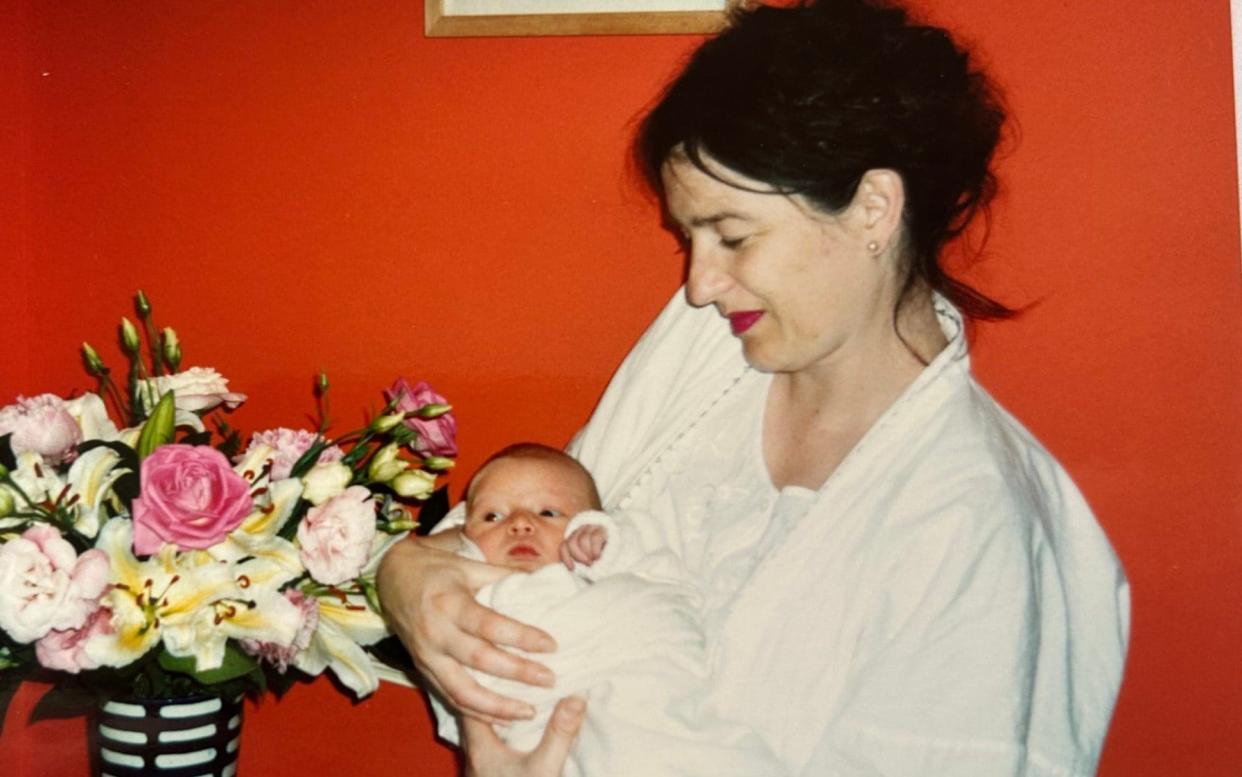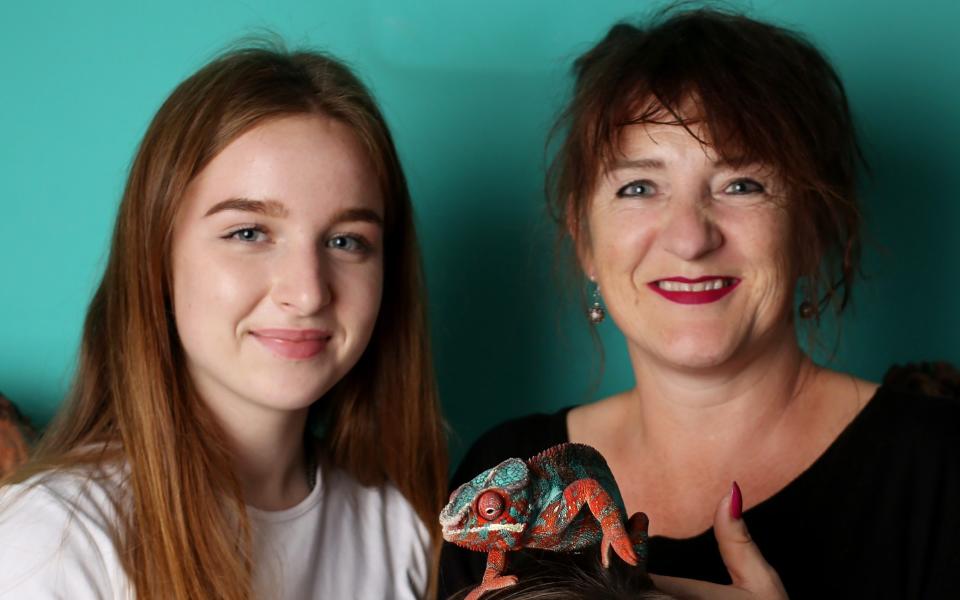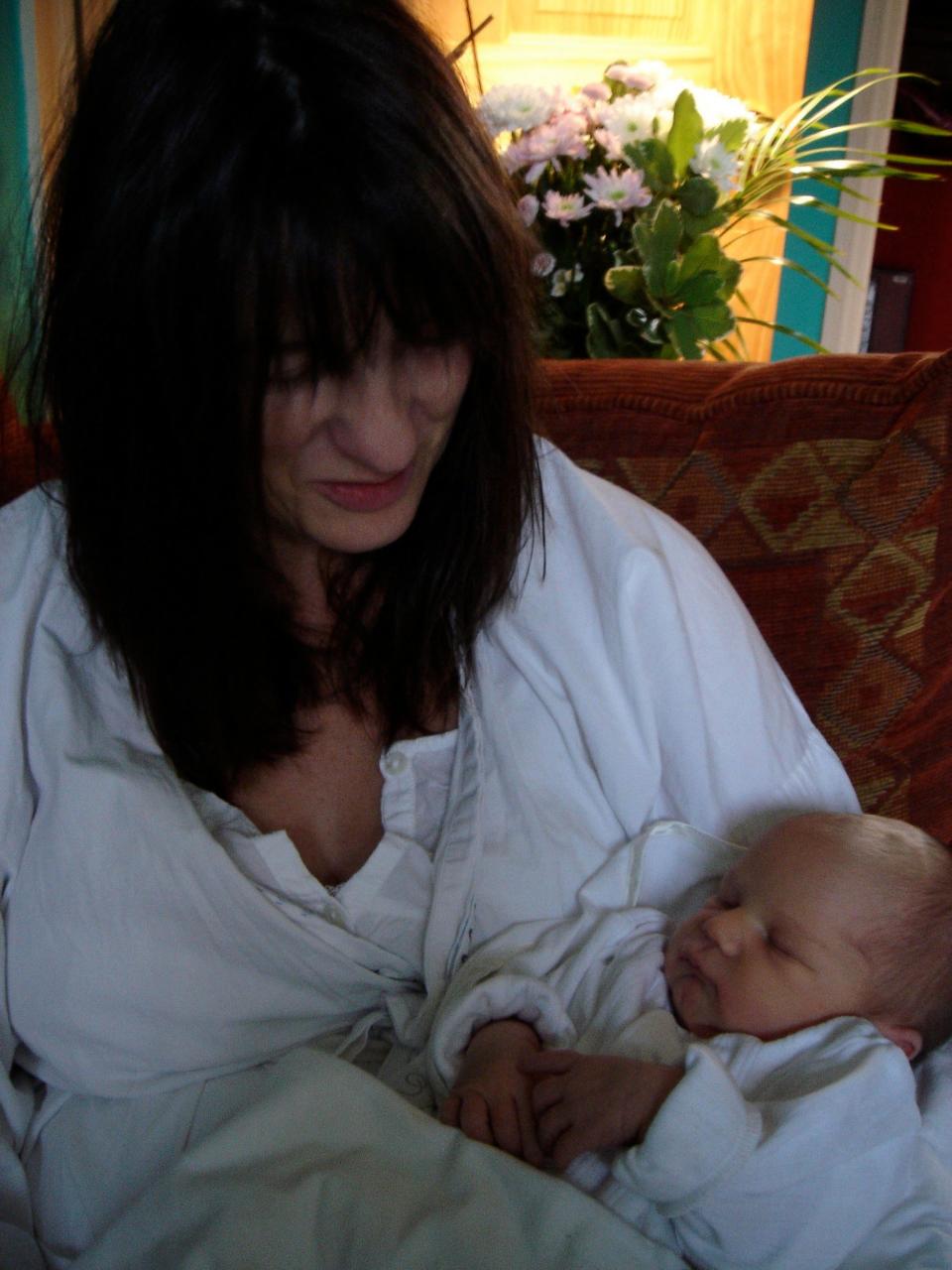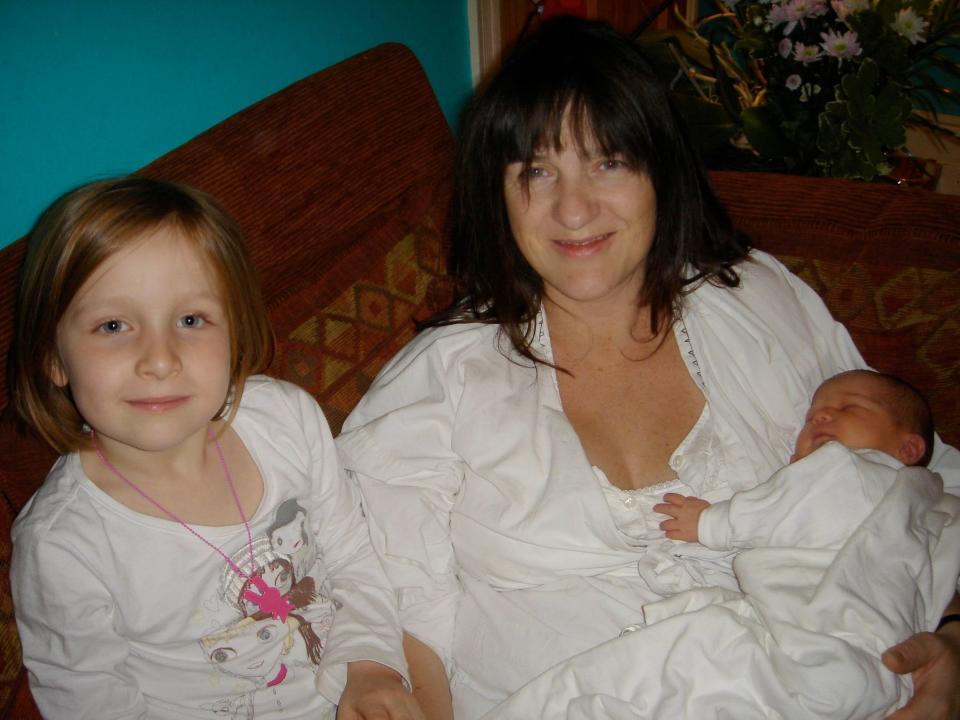NHS maternity care gave me PTSD – 20 years on, nothing has changed

At least the baby’s healthy – that’s the main thing. If I heard that sometimes well-meant, sometimes passive-aggressive, always dismissive phrase once, I heard it a dozen times in the hours, days and weeks after the traumatic birth of my first baby.
I believe it was even used, months later, when my husband and I had a formal meeting with the hospital authorities. I was still at the stage of crying constantly and breast fed the whole way through. The hospital brought a lawyer, dressed to the nines, with what used to be called an It bag placed conspicuously on the table. To show just how serious she was.
It’s hard to project seriousness when you barely sleep due to the flashbacks. When you’re so morbidly depressed you spend much of your time secretly choosing hymns for your own funeral. When you are so psychologically shattered that first you are diagnosed with postnatal depression – and then with post-traumatic stress disorder (PTSD) from a terrifying, mismanaged birth.
And it turns out, I wasn’t alone then – and am still not now. On May 13 we heard from the aptly named birth trauma inquiry, the first of its kind in the UK, that has brought together evidence from more than 1,300 women. From life-changing birth injuries to stillborn babies, the inquiry has merely skimmed the surface of the lived trauma: an estimated 30,000 women each year in the UK endure negative experiences during the birth of their children. One in 20, like me, develop PTSD.
Back in May 2002, I was pregnant with my first child. I was overdue and the size of a Zeppelin, so the decision was taken to have the birth induced at 42 weeks. I had no inkling then that induction was such an outrageously inexact science as to be wholly unpredictable.

I was given Prostin, a drug containing the hormone prostaglandin, vaginally to bring on labour, but after several hours (and a walk to Tesco to buy size 20 paper knickers) I was just one centimetre dilated.
Several hours later not much was happening, so I was taken onto the ward, where a midwife arrived with more of the medication. Both my husband and I vividly remember her um-ing and ah-ing about how much to administer.
She had two doses in her hand, one twice as high as the other, and was clearly indecisive about which one to choose; she eventually administered the higher one and hurried away. It would be hours yet.
Except it wasn’t hours. Within minutes I was in agonising pain; from having no contractions, I had been slammed into a wall of pain, from nowhere, with no let-up.
My husband called her back, she refused to listen. This was to be the pattern. When he could find her – which wasn’t easy, often he had to go and search for her – she would come into the cubicle, scold me for having a low pain threshold and repeat, as if to an idiot, that I wasn’t in labour.
She grudgingly gave me gas and air – which I suspected was more to shut me up as it barely had an effect – and made her exasperation at my whinging abundantly clear. I thought I was dying. I was beyond scared. I begged her for an epidural and she almost shouted at me: “You are not in labour!” Eventually I lost it and bellowed at her to at least lift the sheet and check.
She rolled her eyes, lifted the sheet and literally screamed: “Oh my God, what am I going to do?” I was soaked in blood, had dilated from one centimetre to 10 and was about to give birth.
This process can take up anything from eight to 18 hours with a first baby. It had taken me an hour and a half – hence the unspeakable pain. She stood panicking then yelled at my husband to wheel my bed to the labour room as I prayed aloud.
What followed felt like butchery; I was still in spasm, it was too late for pain relief and the baby was in distress. The obstetrician called for a ventouse (a vacuum extractor). She was given one that was the wrong size and rejected it, demanding the correct one.
A nurse left the room and returned, saying they didn’t have the size the obstetrician wanted, so she used the original one, putting her foot against the bed to pull, beads of sweat pouring down off her nose. All she succeeded in doing was ripping the skin off the top of the baby’s head.
She eventually resorted to a forceps delivery; my daughter was blue and her Apgar score – an assessment of a newborn’s health – was just one on a scale of 10. Two nightmarish minutes followed in which the doctor and other staff bustled about her looking worried, and another doctor was summoned in to help.

Fortunately Lily recovered immediately, whereupon a new and aggressive midwife immediately started feeding her a bottle of formula even when my husband I begged her not to.
I was then wheeled into surgery as I had torn very badly; I got the epidural I begged for and sewing me up took slightly longer than the birth. I returned to find the same midwife holding a bottle of milk. I implored her not to feed my daughter, but she ignored me, and proceeded to push the teat into my baby’s mouth as tears streamed down my face. The baby was hungry, she said. Not my baby. The baby.
We brought her home, and although the main thing was indeed that she was healthy, I refused to accept that I didn’t matter too. My mental health deteriorated. I no longer slept or ate much either.
Antidepressants took the edge off but I was diagnosed with post-traumatic stress disorder and received 18 months’ therapy as an outpatient at The Priory. Did I mention I was unable to have sex for three years? That my marriage hung on a thread?
But this was all in the future when we went to get some answers from the hospital. The missing-in-action midwife, we were informed, no longer worked there. The bully with the bottle had undergone training.
Did my experience show up on any official paperwork? Certainly I was assured – fobbed off, as it transpired – that I would be consulted about a new leaflet that would be produced for pregnant women to explain induction. I never had any further dealings with the hospital.

Until that is, I finally became pregnant again. In 2008, I went to see the consultant obstetrician, told her about my awful first birth and asked her if she could guarantee I would have a midwife second time round. To my utter horror, she said she couldn’t.
I asked for a caesarean section, which was not what I wanted. She agreed. But then I developed gestational diabetes, the date was brought forward and in my confusion she suggested I be induced and if that didn’t do the trick, she would personally perform a caesarean before she went off shift.
The induction didn’t work. She went off shift. In the small hours of the morning a very grumpy obstetrician tried to give me an epidural, missed twice and punctured my dural membrane, the sac that keeps fluid in the spinal cord and brain.
It felt like torture; electric nerve shocks ran up and down my legs. Over the next few days the fluid would drain away, leaving me crippled and contorted with a blinding headache that caused me to hunch over and meant I could only see out of one eye.
But first the emergency caesarean, when the scalpel cut into my abdomen before the spinal block had taken hold. Nerves to my bladder were severed. By then it seemed par for the course. Back on the ward the baby seemed fine, but I felt she wasn’t. Again, nobody believed me.
I was prescribed caffeine tablets for my headache but there weren’t any so instead it was written on my notes that I should be given “six cups of strong coffee” a day.
Meanwhile the hospital took days to track down the semi-retired eminence grise who seemed to be the only doctor in London who could close over the hole in my dural membrane with a blood patch. The room was packed with young medics watching as he performed the procedure. There may have been applause.
After that, I was bustled into leaving, although I kept repeating the baby never opened her eyes, wasn’t latching on and didn’t seem quite right. The midwives gaslit me and would brook no argument – until suddenly a furious neonatal consultant swept in, and ordered them to transfer my daughter to the special baby care unit immediately, and of course, scolded me for not alerting anyone to the problem.
It transpired that one midwife did believe me but nobody would listen to her either, so she waited until she was off-shift and phoned the doctor with her concerns. Because yes, that is what the NHS has come to.

It’s the luck of the draw, who’s on duty. Are they overstretched, undertrained or both? My second daughter left special baby care and joined me on the ward. She was still comatose and I was told to express breast milk into a bottle and squeeze droplets into her mouth.
The staff refused to help because they did not encourage bottle feeding. Even when I pointed out the medical need, they wouldn’t give me a bottle brush, a label – or even lend me a pen to write on the labels my husband had to bring in for me.
My daughter, Tabitha, recovered. I succumbed once more to postnatal depression. Again I wrote to complain, to highlight the dogmatic insanity and the unfeeling, brutal way I was treated at every turn. I received a non-committal letter that sidestepped all responsibility.
That’s the thing about maternity care in this country – nobody listens. Will this government report make a difference? I’m sorry to say I don’t have high hopes; in a culture where complaints fall on deaf ears, I’m not sure what it takes to be heard.

